The Davenport Hotel07:32 Jun 16 2012
Times Read: 559
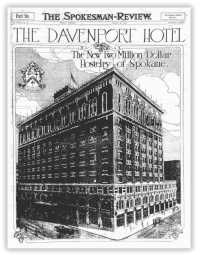
The Davenport Hotel has been world famous since it opened in September of 1914. It was the first hotel with air conditioning, a central vacuum system, housekeeping carts (designed by Louis Davenport himself), accordion ballroom doors and Crab Louis (named for Louis Davenport). The Spokane newspaper introduced the hotel to the public with a special Sunday insert trumpeting "the new two million dollar hostelry of Spokane," even though the project was 50% over budget and actually cost $3 million. At its opening, The Davenport Hotel was the largest private telephone branch exchange in the entire Pacific Northwest (with 450 handsets) and was similarly the largest and most complicated plumbing job (with 30-miles of pipes delivering hot, cold and drinking water to every one of its 405 rooms). Gilded with gold, sparkled by crystal and illuminated throughout with "electroliers," it was as grand as the finest ocean liners of the day. It was truly one of America's exceptional hotels.
How it all began
Lewellyn "Louis" Davenport came to Spokane Falls, Washington Territory, in the Spring of 1889 at the age of 20. He had been a frustrated clerk in San Francisco and came up to Spokane to work the summer in his uncle's "Pride of Spokane Restaurant." The summer of 1889 was fateful for Spokane and for Louis Davenport. In August, a conflagration tore through the infant metropolis, turning 32 square blocks of civilization to ashes. Young Davenport salvaged what he could from the rubble, bought a tent, and opened "Davenport's Waffle Foundry." From this humble beginning, literally as a phoenix, Davenport created a hospitality empire that became famous around the world.
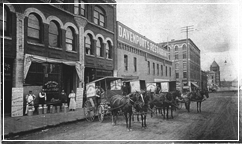
Spokane rebuilt quickly after the big fire. Its downtown was "an anthill" by one description. Washington became a state that Winter and Spokane dropped the Falls from its name. With timber, mining, agriculture and the railroad pouring money and people into the region, the city of Spokane was in the middle of it all and poised to become one of the great cities of the West. Davenport recognized his opportunity and leased a brick building on the North-east corner of Sprague Avenue and Post Street the next year. He expanded his culinary offerings to nearly 100 items. Within a few years, Davenport's Restaurant was described by a critic as "the finest thing of the kind in the country." Business was so good, Davenport expanded into an adjoining building within a decade. He hired up-and-coming architect, Kirtland Cutter, to make the two buildings appear as one in 1904. Cutter offered a Mission Revival style theme. The white stucco walls and red tile roofs stood in marked contrast to every other building downtown. This remodel added the finest ballroom in the West on the second floor, the Hall of the Doges.

Building the hotel tower
The Davenport Hotel was neither Louis Davenport's idea nor was it built with his money. Leading businessmen desired a large public house in which to board and entertain their guests. They wanted a building to represent their dreams and ambitions and to speak for the ages, as architecture does, that Spokane was built by great men. Great men were sought to build and run it. Their searches for the best men of architecture and hospitality ended with their first choices, Cutter and Davenport. Leveraging Davenport's already strong name, the Davenport Hotel Company was formed in 1912 and preparation of the site began that year. The hotel tower went up in eight months of 1913 using horse carts, steam jacks and hand tools. Not a single worker was seriously injured or killed--a rarity for the time. Cutter and Davenport shopped the world for ideas and furnishings for their new hotel. They wanted it to represent the world to Spokane and be Spokane's welcome to the world. Cutter designed spaces inspired by the great architects of France, England and Spain. Davenport filled them with fine art and songbirds and prepared to seat his guests at tables dressed in the finest Irish linens from Liddell (whose linens sailed on the Titanic) and set with 15,000 pieces of silver (the largest private commission ever created by Reed and Barton). Ever since opening day, the hotel has promoted itself as "one of America's exceptional hotels." It still does. It's still true.
The September 1915 Hotel Monthly described Louis Davenport as "the man with a vision who created a hotel with a soul." Davenport was a "quiet, unassuming, earnest man," but demanded perfection in every facet of his operation. He ordered silverware be set exactly one thumbknuckle from the edge of the table; coins be washed and bills be pressed through housekeeping before being given in change; the lobby fireplace be always burning as an abiding symbol of hospitality. In all things, he wanted his staff to consider first the comfort and convenience of the guests. "When you get that 'home' feeling in the hotel," he once commented, "you get all that can be attained."
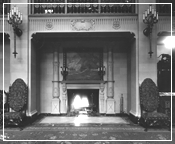
Architect Kirtland Cutter came to Spokane attracted by the same things that brought Davenport, an uncle with a job. Cutter was a frustrated bank teller by day and pursued his artistic talents at night, though he was never fully satisfied in creating works of art that only hung on the wall. Cutter found his true calling when his uncle commissioned him to draw up a house. Cutter came to view architecture as "art incarnate," and invited his patrons to step over the frame and enter a three diminensional painting in which they could work and play. Mr. Cutter lit the first fire in the hearth of all his commissions as a symbol of welcome to the new owners. Similarly, he lit the first fire at the Davenport Hotel which Mr. Davenport ordered be constantly tended as a welcome to visitors. The order still stands and while the fireplace has been converted to natural gas, it continues to burn as an abiding symbol of hospitality.
The Davenport Hotel was often called "the house of comfort." Mr. Davenport liked that description very much. "In all things," he wrote, "the hotel sincerely tries to so well please its guests that they will be glad they came, sorry to leave and eager to return." This mission statement still guides the hotel today.
Famous guests
The Davenport Hotel has been home to royalty, kings of industry, captains of commerce, stars of stage and screen and just about every American president of the 20th century. In these halls, you can walk in the shadows of great men and women including Charles Lindbergh, Amelia Earhart, Mary Pickford, Clark Gable, John Philip Sousa, Lawrence Welk, Marian Anderson, Bob Hope, Bing Crosby and Benny Goodman to name just a few. Authors Zane Grey and Dashiell Hammet wrote scenes in their works set at this most famous hotel in the West. A selection of archive photos and artifacts in display cases make for an enjoyable stroll along the hotel's mezzanine.
Broadcasting from their studios in The Davenport Hotel
KHQ History
The Davenport Hotel was home to the first commercially licensed radio station in Spokane--KHQ, which signed on the air in 1922. From its tower on the roof of the hotel, KHQ broadcast the first voices many people pulled from the air across the vast expanses of the Inland Northwest. KHQ featured many local bands,including The Musicaladers. That group's drummer dropped out of Gonzaga College and became world famous for his singing voice. His name wasHarry "Bing" Crosby.
KHQ radio remained a strong voice on the air for more than half a century. Both KHQ and The Davenport Hotel went dark in 1985. Spokane had lost its voice, its heart and its way.
Near death and rebirth
New Paper
Mr. Davenport sold his beloved hotel in 1945 and saw it die around him. Mr. Davenport passed away in his suite at the hotel in 1951; his wife Verus in 1967. Each successive owner through the second half of the 20th century took more than they gave to the property. The Davenport Hotel was closed in 1985 and demolition was considered. By the time the Davenport's only son died in 1987, it was generally believed that the Davenport Hotel would be destroyed. A demolition crew determined the entire block could be dropped in 20 seconds but the nightmare of airborne asbestos saved it from implosion. Dismantling and salvage was determined to be too expensive so the hotel remained closed for 15 years.
"Hope for the Davenport" was reported in March of 2000 when local entrepreneurs Walt & Karen Worthy purchased the entire city block for $6.5 million, then spent the next two years of their lives--and $38 million of their own money--to make The Davenport Hotel grand again. The hotel's public spaces and ballrooms were restored to what they would have looked like when they were new. (Yes, that's real gold leaf around the fireplace). The hotel's guest floors were taken back to bare concrete and built anew with fresh wiring, plumbing, drywall, furniture and fixtures. The Hall of the Doges, Spokane's oldest and finest ballroom, was removed from the oldest part of the structure and re-installed in the new East addition. The removal was accomplished by lifting the ballroom out intact... making it the only flying ballroom in the world.The Davenport Hotel was re-established in September of 2002 with the ringing of a ship's bell eight times signaling a change of the watch.
The Davenport Hotel stands today as a perfect blend of old and new, respecting the best of what was and embracing the best of what is. The old lobby fireplace burns again year-round as a symbol of hospitality. A new digital network invisibly ties every room of the hotel to the Internet. Spokane's finest restaurant, spa, candy shop, and book store all reside under the same roof as Spokane's finest hotel.
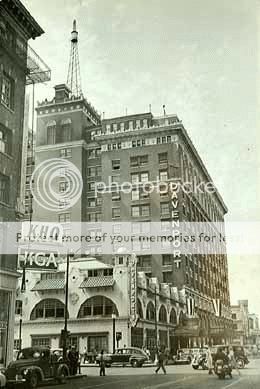
1950
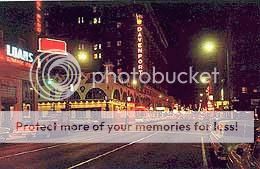
1960
The Davenport Hotel is again "one of America's exceptional hotels."

2012

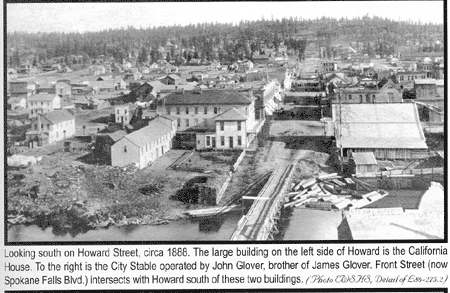
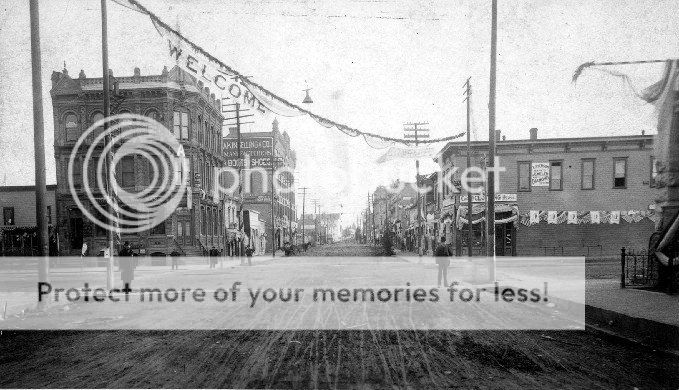
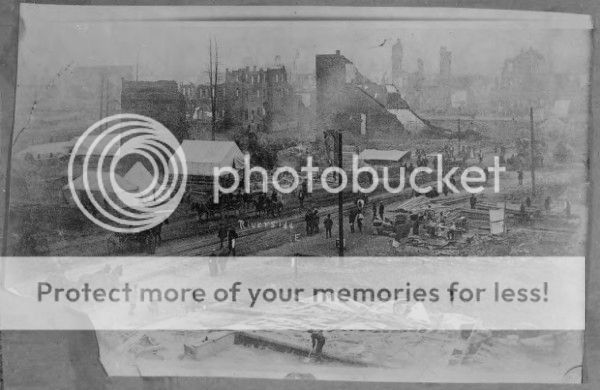
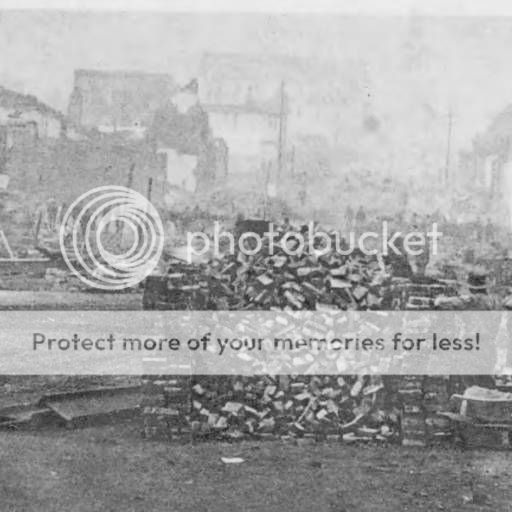
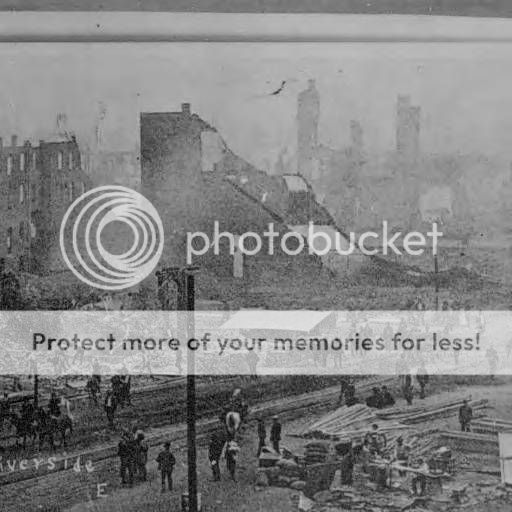









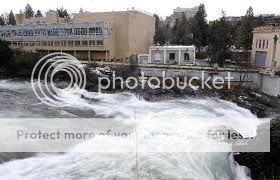




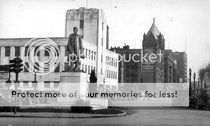
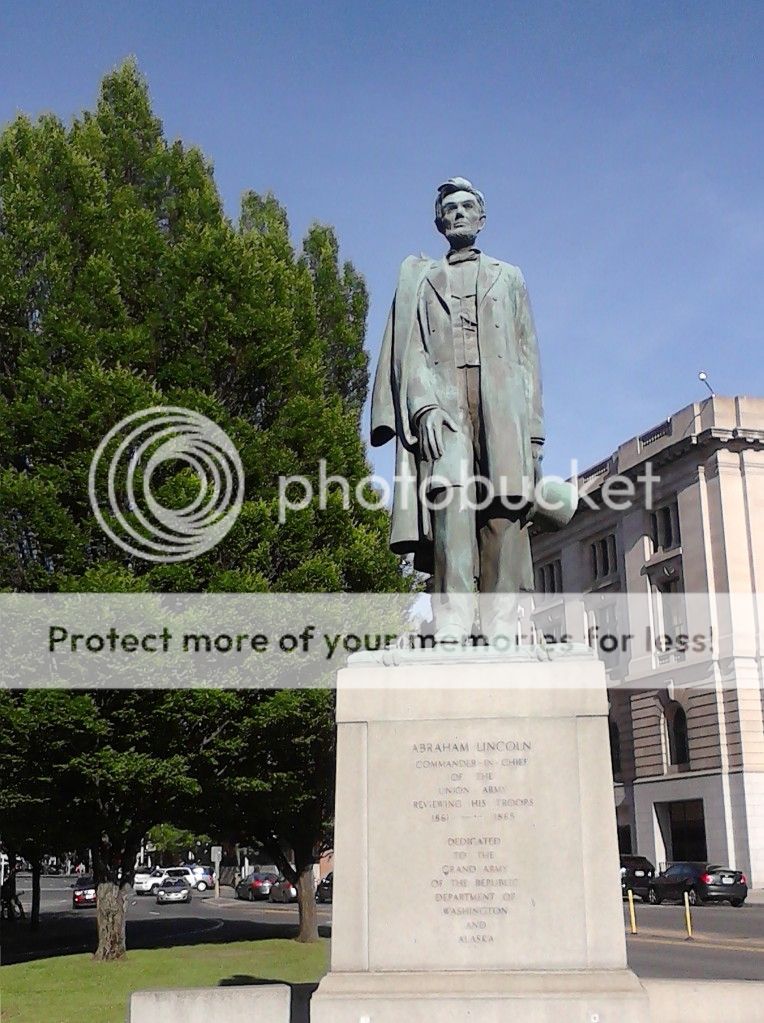
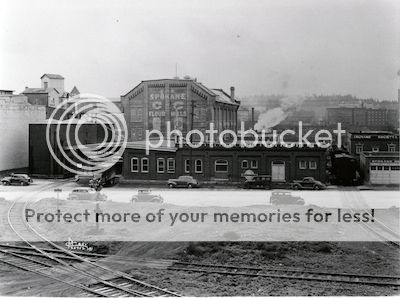
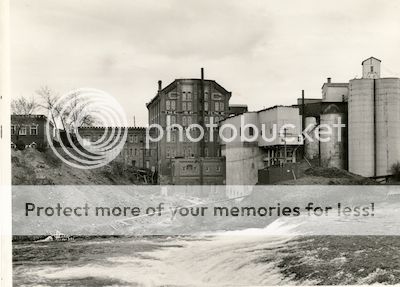
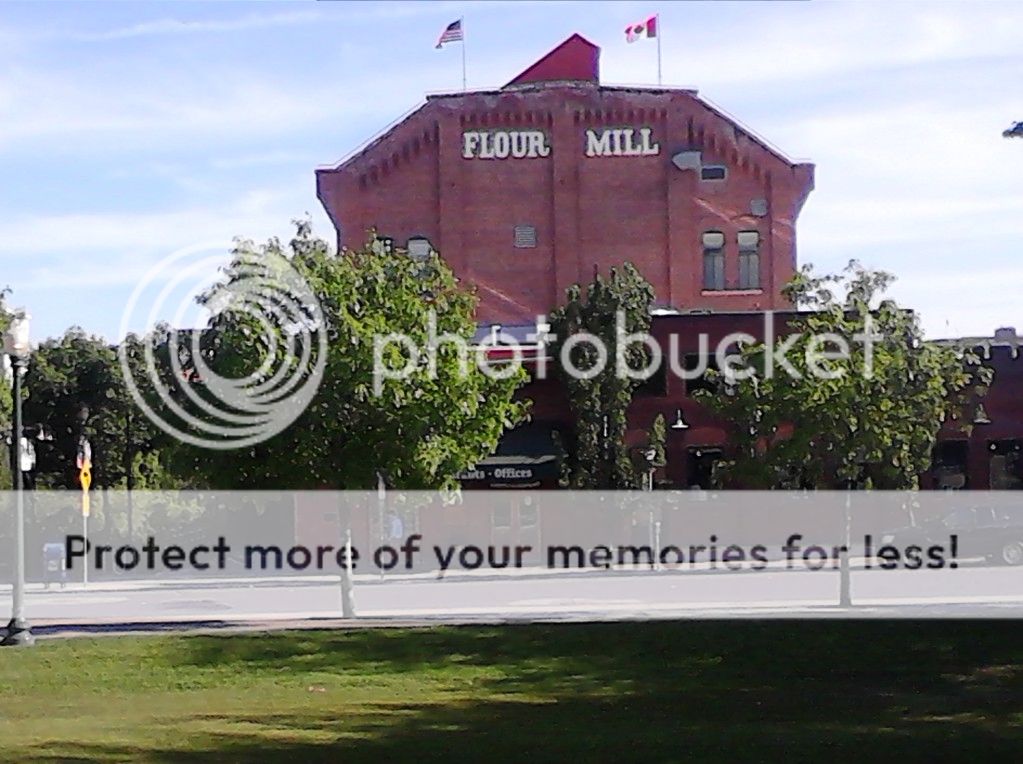

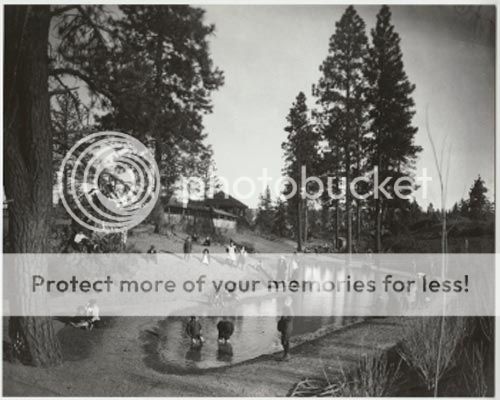
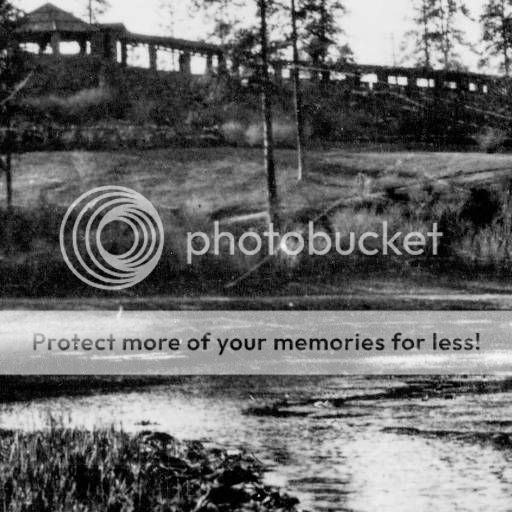
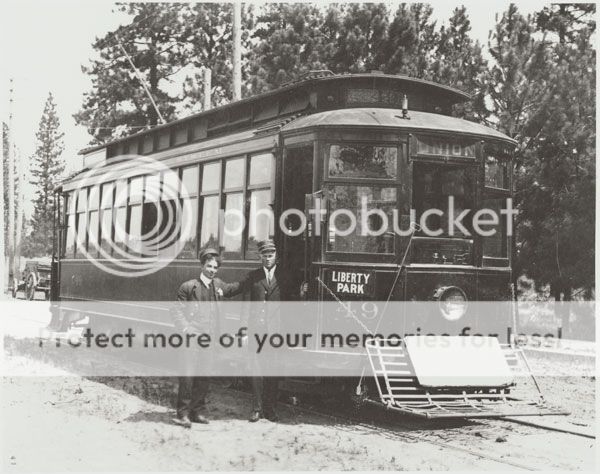

COMMENTS
-